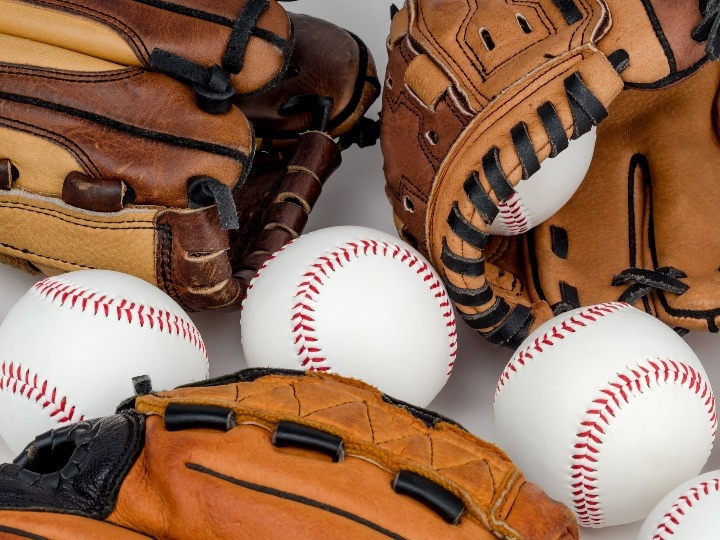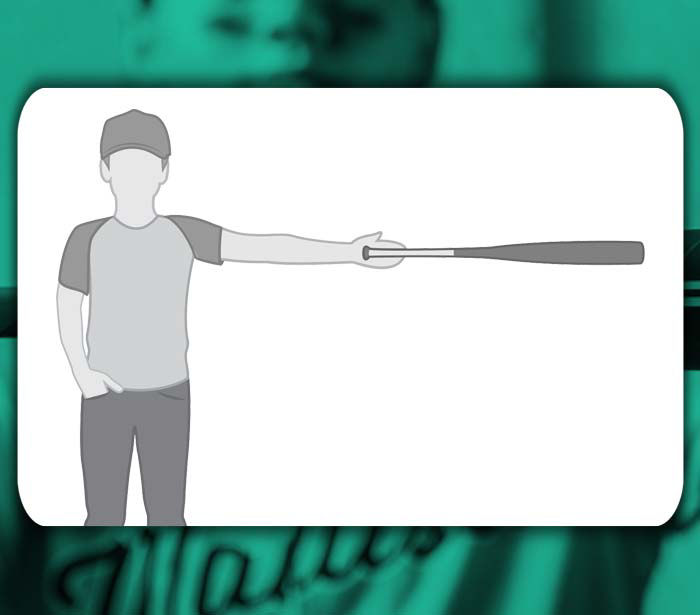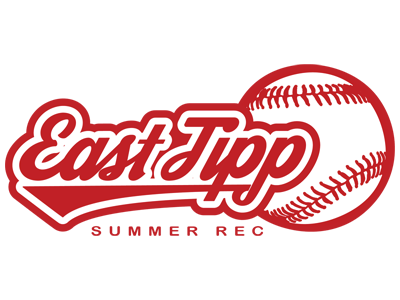Dec 27 2023
How to buy the right size youth baseball and softball equipment

Buying Equipment for Youth Players
For parents of first-time players, buying equipment for their kids can be a little intimidating. There are some additional requirements for the older divisions, but all players regardless of the age division need a glove, bat, and helmet. Check out the equipment checklist for 6U, baseball, and softball under Divisions Overview for a full list of specifications for your child’s team. One key factor to remember when buying youth equipment is to not break the bank if your child is still growing. Buying equipment in the next size up to last longer can be tempting however, it can also cause your child to develop bad form or get frustrated.
Gloves
While adult gloves are sized similarly to some youth sizes, the main difference is the fit of the glove. Youth gloves are designed with smaller wrist openings and shorter finger stalls. It is important not to buy a bigger size for your child, expecting them to grow into it as it can be uncomfortable and harder for the player to open and close and control. Below are glove size charts from Wilson’s blog:


After selecting a new glove, the next step is to break the glove in – making it easy for the player to open and close. Check out Wilson’s tips for breaking in a new glove.
Batting Helmets
Getting the right fit for batting helmets is important to make sure all areas of the head are protected while playing. If the helmet tilts up on the player’s forehead, it leaves more of the face exposed, tilting too far forward and the back of the head is unprotected. For our league, helmets with facemasks are not required in 6U divisions (Shetland and Rookie) or baseball but are required for softball 8U and up. Buying a helmet is like buying a hat as far as sizing goes. Measure the circumference of your child’s head. Most batting helmets will have the circumference listed followed by a size or may only be labeled ‘T-ball’ or ‘junior’. Below is a sizing chart by circumference:

Bats
Finding the right size bat can be done by determining the right length, weight, and drop weight. The following are suggestions from Dick's Sporting Goods Baseball/Softball Bat Buying Guides:
Length:
- Place the bat knob at the center of your chest and extend the barrel out toward your fingertips. If you can touch the end of the bat with your fingertips, the bat should be an appropriate size.
- Place the bottom knob of the bat in the center of your chest facing outward. If you are able to reach out and grab the barrel of the bat, then it should be an appropriate length.
- Stand the bat up vertically against your leg. If the bat reaches your mid-hip, it should be a suitable length.
Weight:
The right bat weight can vary from child to child. You can tell if a bat is a good weight for your kid if they can hold the bat out with one hand for 30 seconds without dropping it. Again, buying a heavier bat so that your player can grow into can cause them to drop their hands when they swing.

Drop:
The drop weight of a bat is the weight of the bat minus the length. Larger drop weight is a lighter bat, making it easier for younger players to swing. Under ‘Divisions Overview’ there are suggested drop weights for the ages.
Bat Certifications
Another thing to be mindful of when purchasing a bat is the certification. Players bat's in ETSR league divisions should have stickers indicating the certification:
- Shetland (Tee Ball): Certified tee ball bats will feature the USA Baseball mark and text which reads ONLY FOR USE WITH APPROVED TEE BALLS. These bats should only be used with low-compression baseballs.
- Rookie: USSSA or USA Baseball Stamp.
- 8U/10U/12U/14U Softball: USSSA certification
- 8U/10U/12U/14U Baseball: USSSA 1.15 BPF or USA BAT (Metal bats with pressurized bladders are not allowed in this league. All other bats manufactured specifically for baseball play, which are round and possess either the USSSA 1.15 BPF or USA BAT stamp and barrel not more than 2 ¾ inches in diameter at the thickest part, are acceptable.)
And last but not least...
This is meant to only be a guide, not the determining factor when buying equipment. Ultimately, you should purchase what makes your child feel comfortable and ready to play. If you have any questions about equipment or ETSR league divisions, please reach out to us at info@etsummerrec.org!



